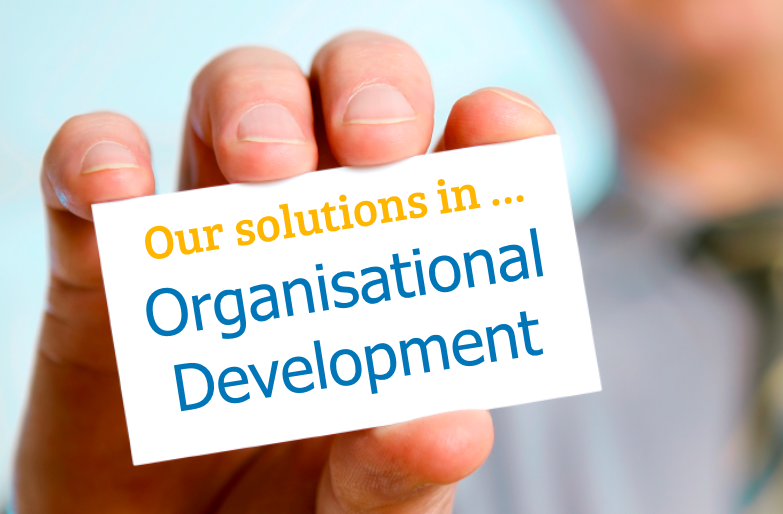Organisational Development
Organisational Development
 So, you want to effect change in your organisation’s fortunes?
So, you want to effect change in your organisation’s fortunes?
You need to engage in organisational development and organisation modelling. Organisational development is the management function in which managers plan activities to effect improvement in the firm.
TimelessTime consultants have modelled, planned and managed change in many firms and organisations, large and small and in the UK and abroad. Here are some of the issues.
Technology, People or Both
You can change people. You can change the technology that the people use. Or you can change both people and technology.
But what to change? And by how much? And to achieve what? There are so many variables, so many options. The only approach can be to build models of what is, and what might be, to explore those options. Most managers need help to determine a plan.
Practical OD
Organisational development involves exploring options that will permit strategies to be achieved. Having options is one thing. Deciding which option will realise the best outcome is different. OD techniques permit outcomes to be predicted and the right plan to be selected.
Systems modelling
Nothing in a firm is stationary. Firms are dynamic entities. The science of systems modelling is used to create multiple views of the firm and its activities.
The conceptual model captures ideas, like reputation and profit. Process models show the systems involved in converting inputs to outputs, like raw material converted to customer deliverables. And use-case modelling allows all the roles to be identified along with where they play in the firm.
Systems modelling - from the realm of systems dynamics - is powerful. Without such modelling, it's impossible to see everything that's happening, and hence it's impossible to speculate what might be done to effect change.
Organisational Development
You’ll need to identify objectives and the change in people and capital needed in order to achieve these objectives. Capital buys technology for people to use. You’ll want to change what your people achieve.
What people achieve, how they feel and what they can do affects operational outcomes like product and service quality and productivity. Operational outcomes in turn change the organisational outcomes – the sales and profits of the organisation.
Organisational development is the planned change in people and team characteristics in order to influence these organisational outcomes.
Organisational Modelling
One of the biggest issues in OD is how to determine what to change to achieve the desired outcomes. There’s generally no history in the firm about what changes in people-oriented management practices will achieve the desired people outcomes – and in turn there is no relevant history to suggest the people outcomes that will achieve the required operational outcomes.
That’s where modelling comes in. Organisations comprise practices and procedures. Modelling permits an organisational simulation to be constructed that exercises these practices and procedures.
Organisations comprise people playing roles. Those people exhibit behaviours while possessing the competency to do work. People and their competencies and behaviours can be modelled.
Modelling permits roles (enacted by people) to do things to things to achieve specific results or outcomes. We are therefore able to model in order to plan. And to plan in order to achieve.
Doing Organisational Development
OD modelling allows required change in personal characteristics and the organisation of people to be determined for required outcomes. It allows the effect on outcomes to be predicted. OD then allows improvement plans to be made and completed.
OD spans activities like improving staff commitment, enhancing competencies, changing organisational culture, re-organising activities and improving well-being. It covers anything associated with people-management. And where capital and people are linked, for example through the technology the people use, it allows that link to be explored. Ultimately the change in capital and people for given investment can be determined.
Here's what some of our clients said about us
Communication with employees to gather data and feed back results was sensitively done.
The project progressed smoothly from strategy to blue-print for change. The modelling gave us the evidence we needed to present the change to senior managers. And we were particularly pleased that staff were involved in the various activities. This latter point made consultation easier when it came to implementing re-structure.